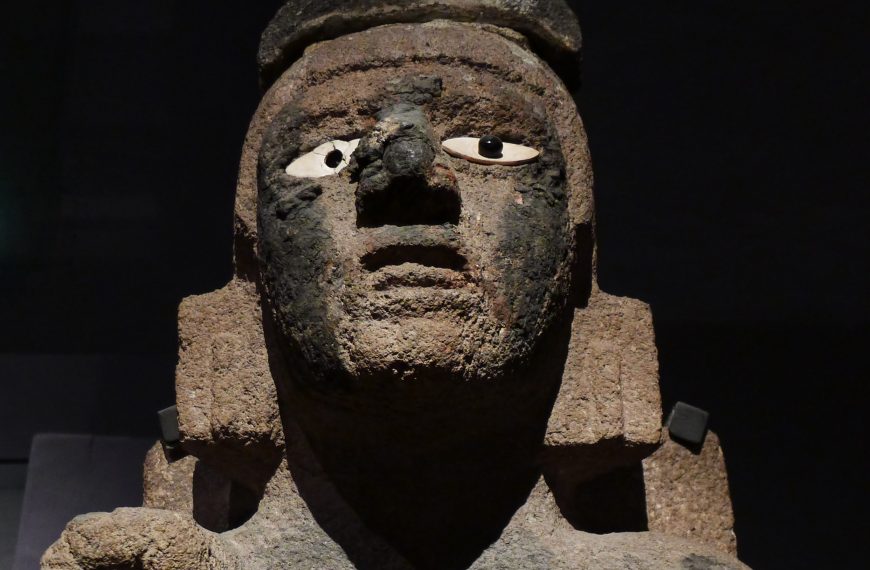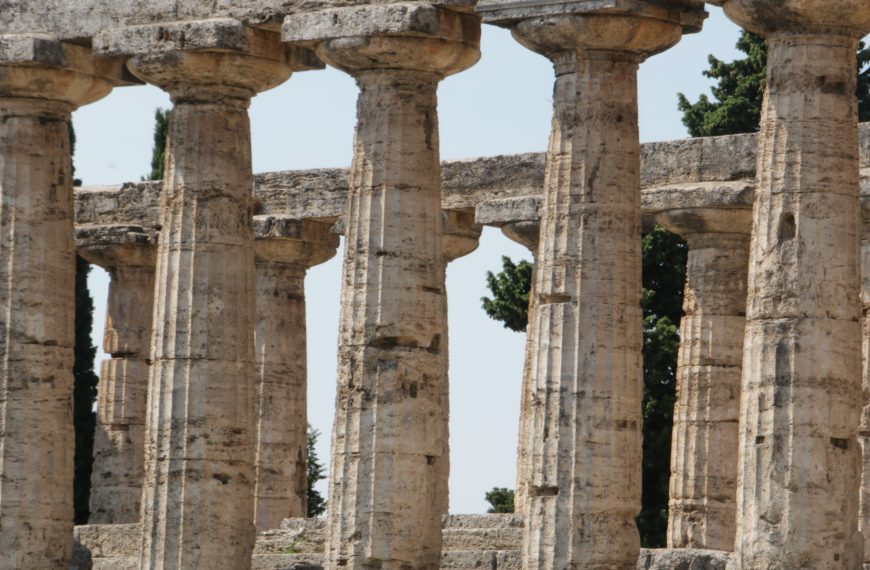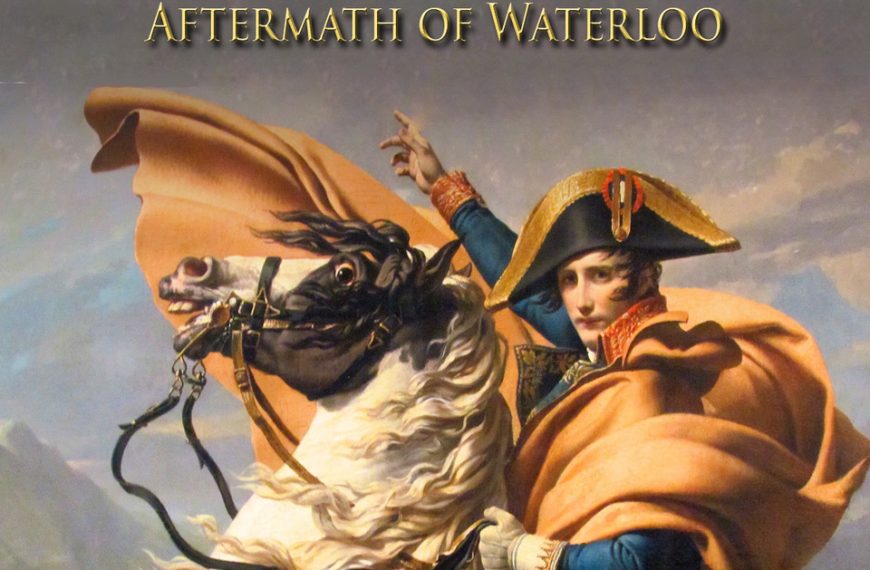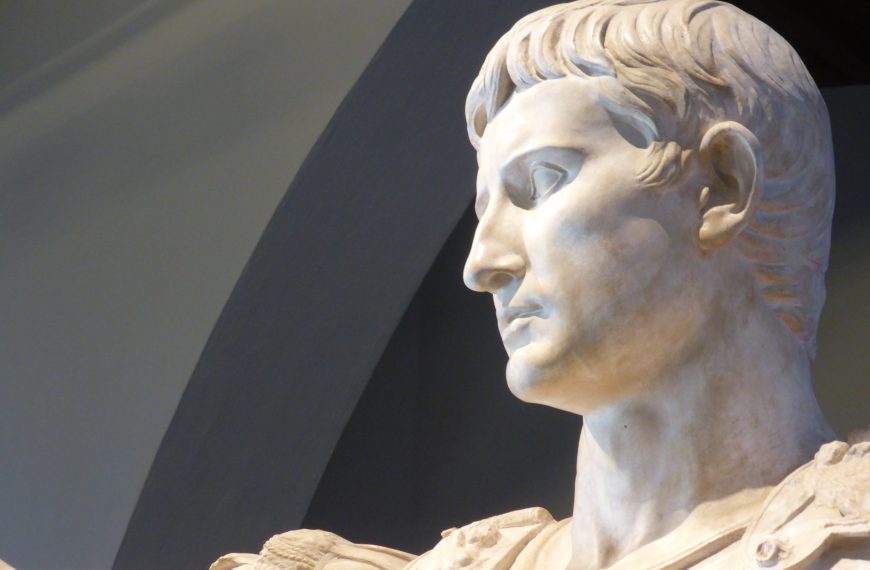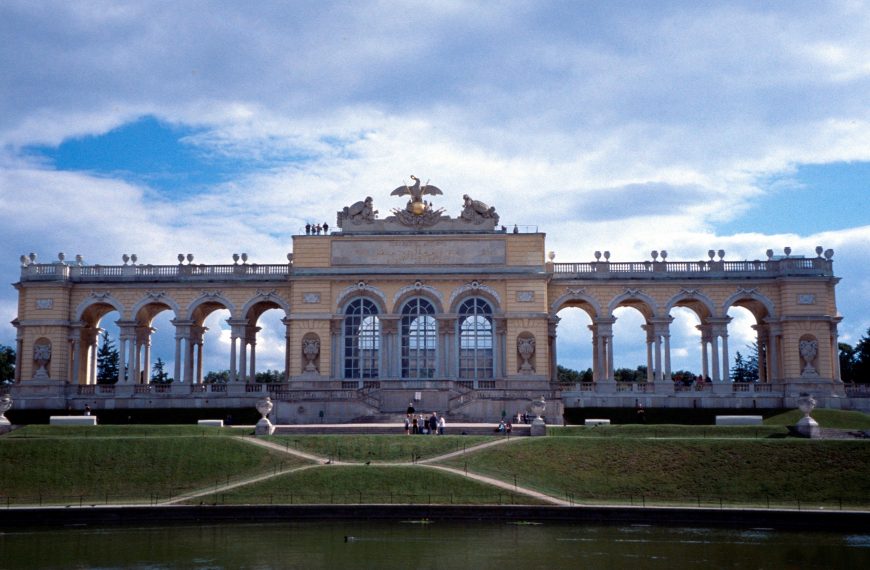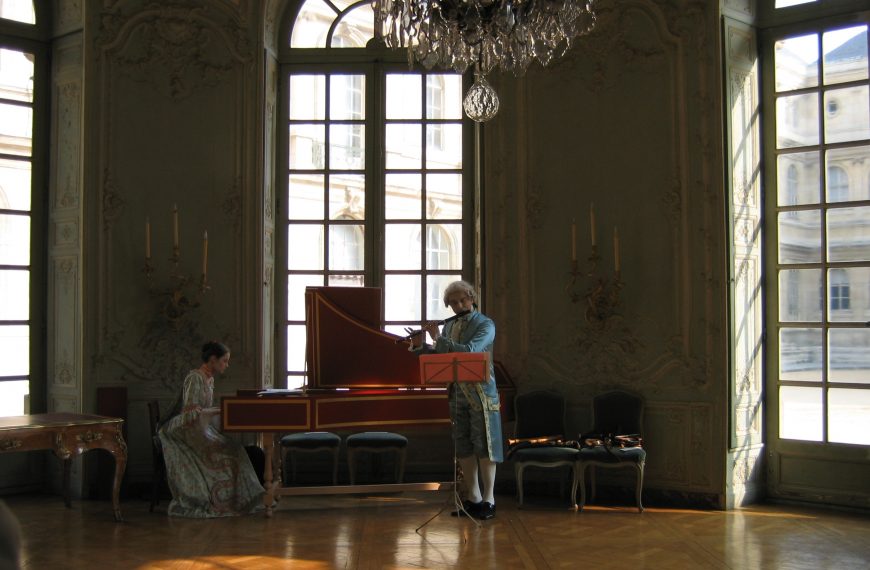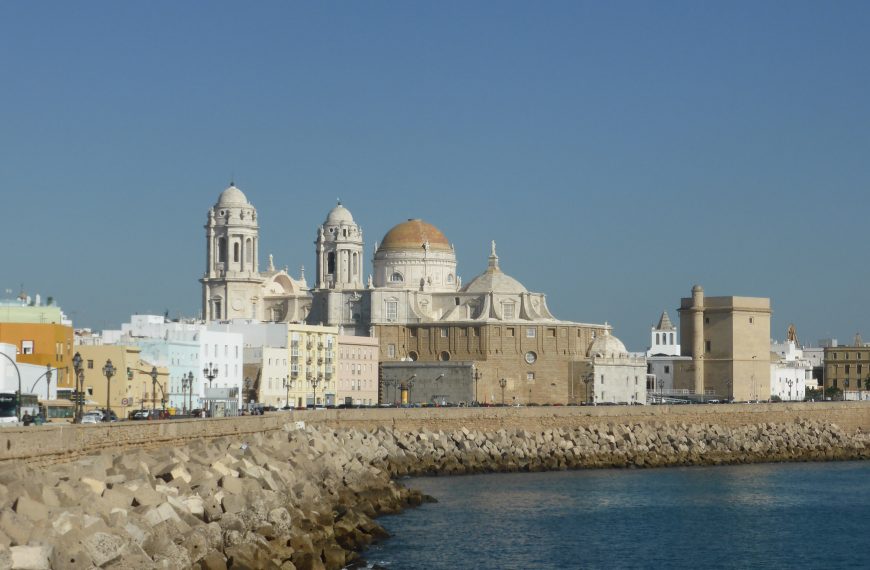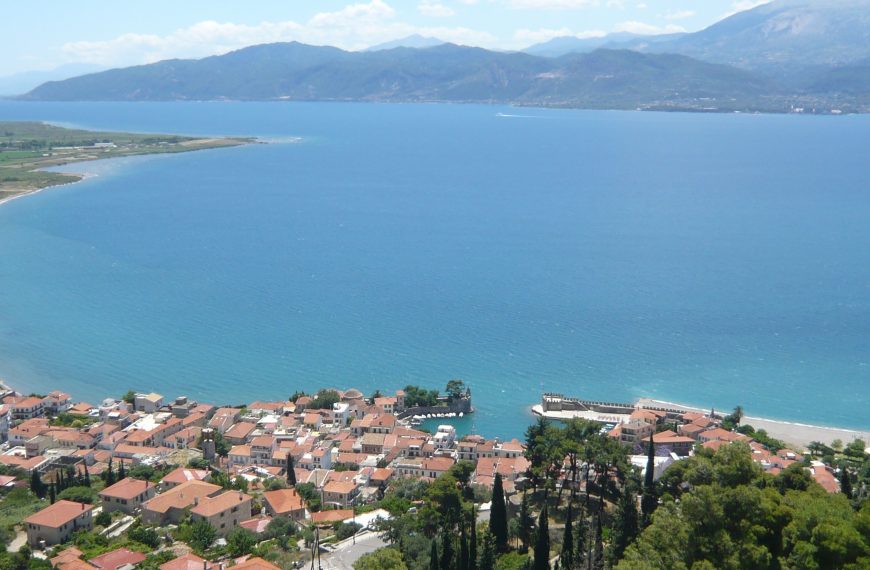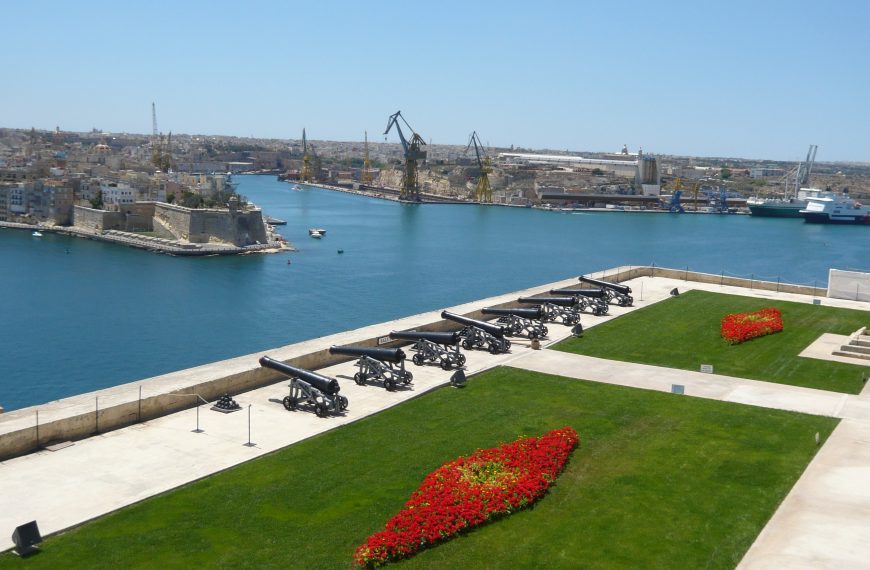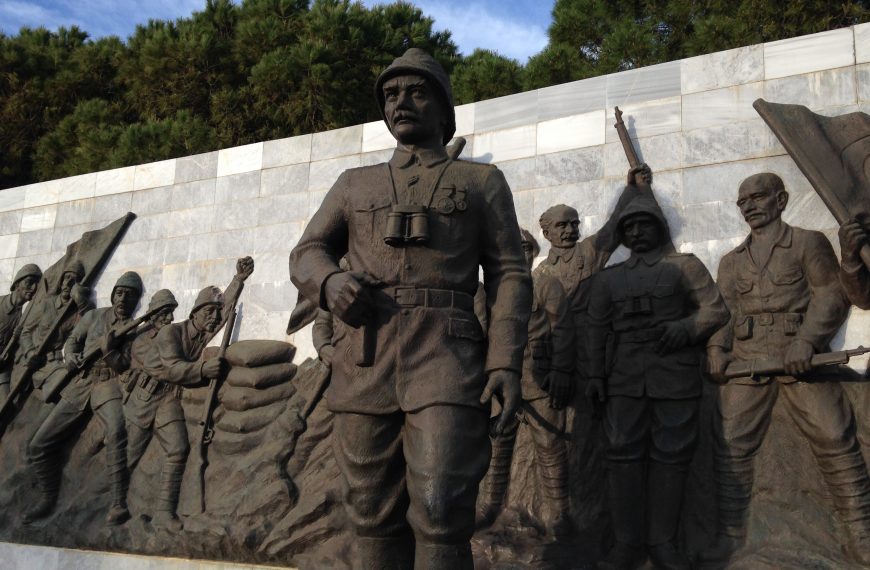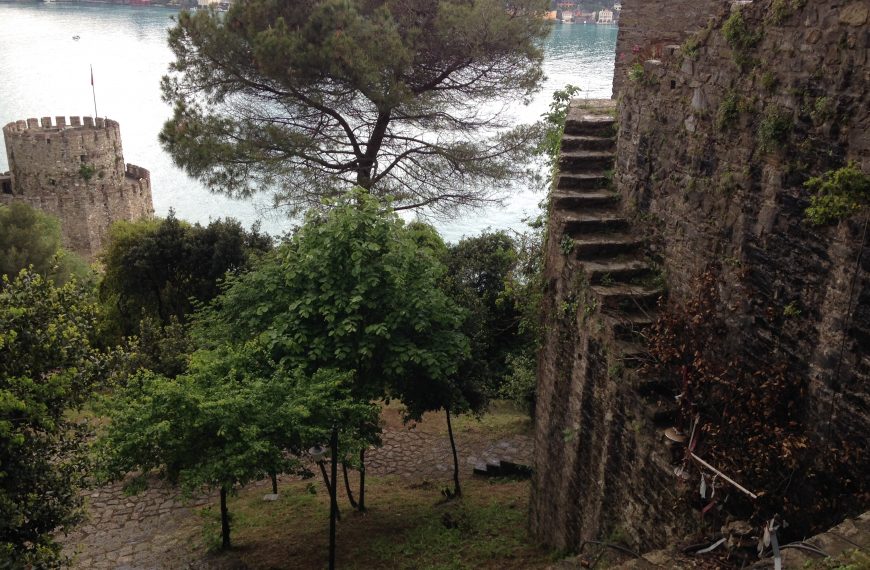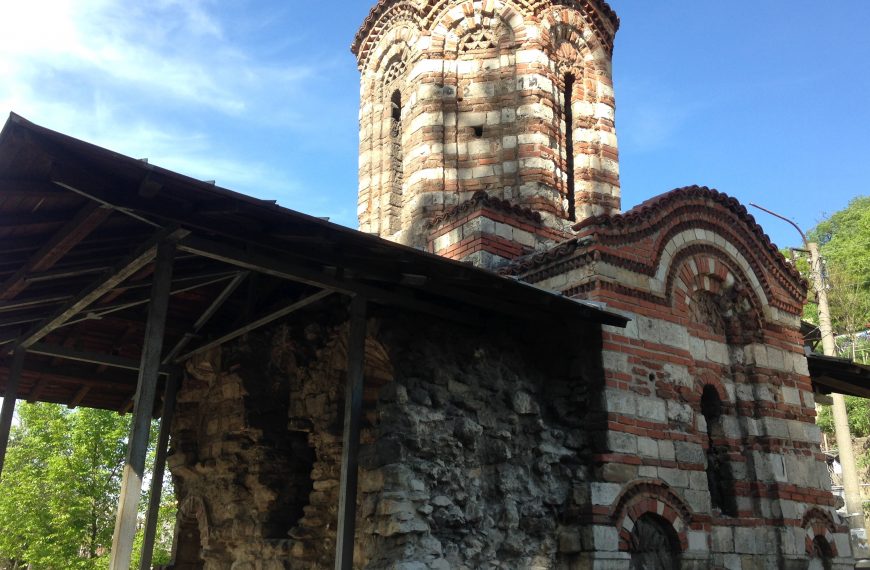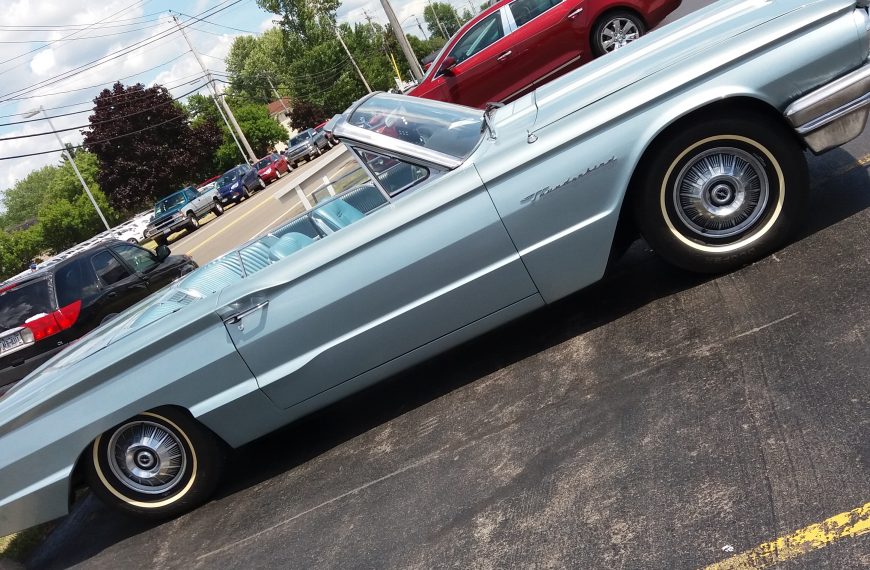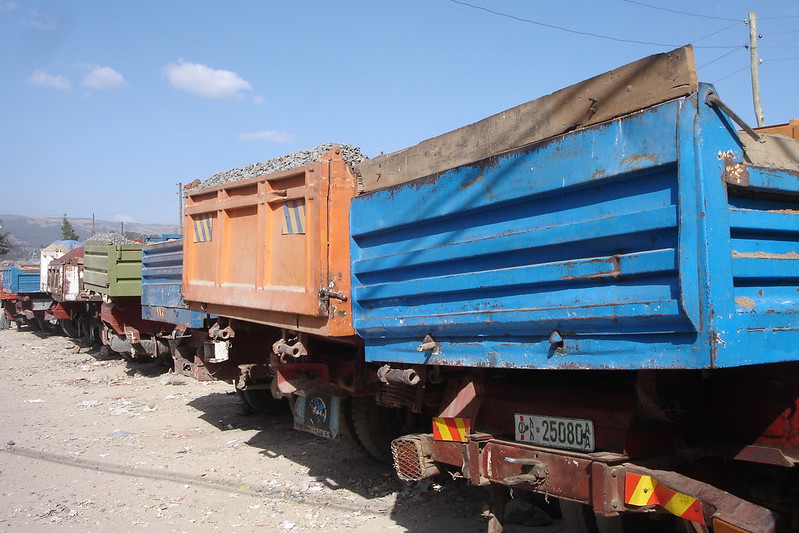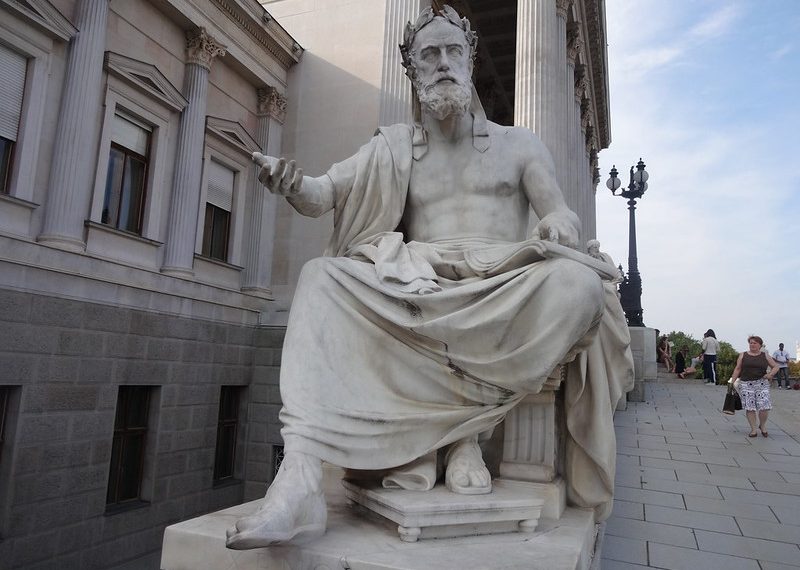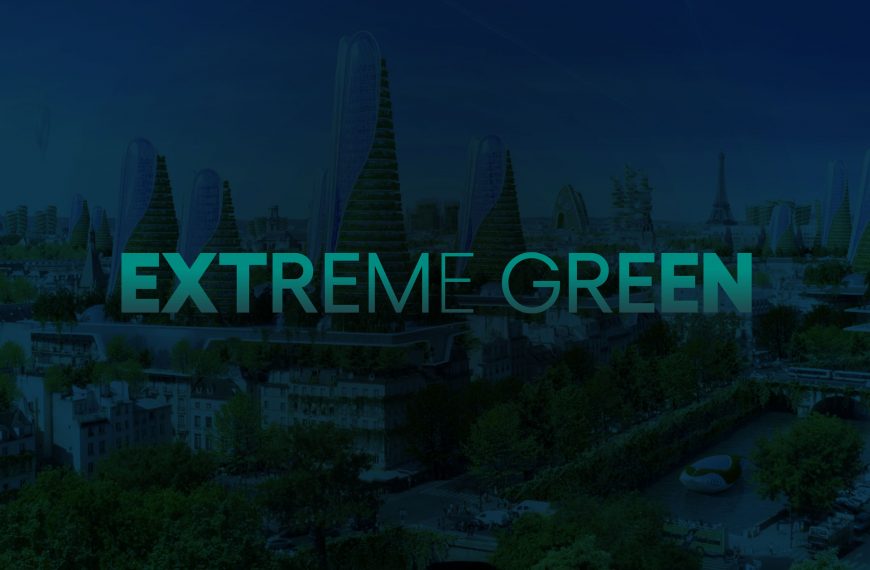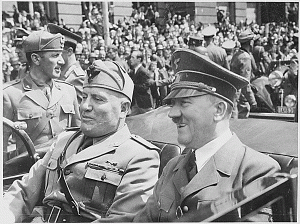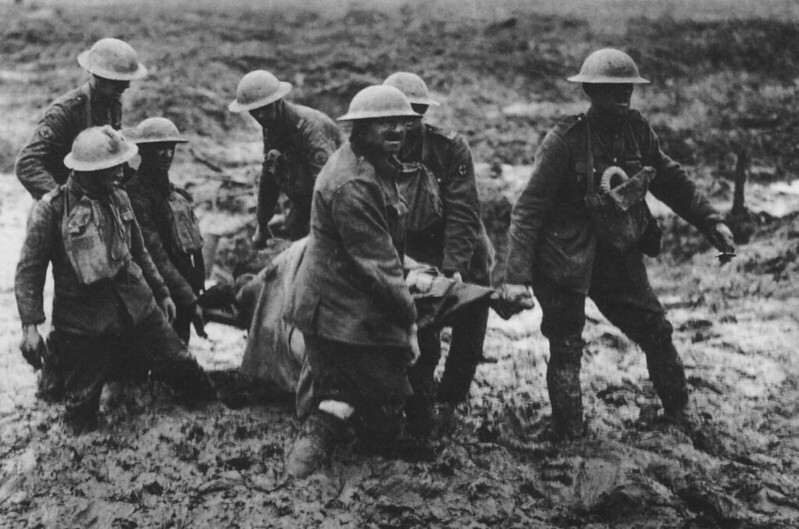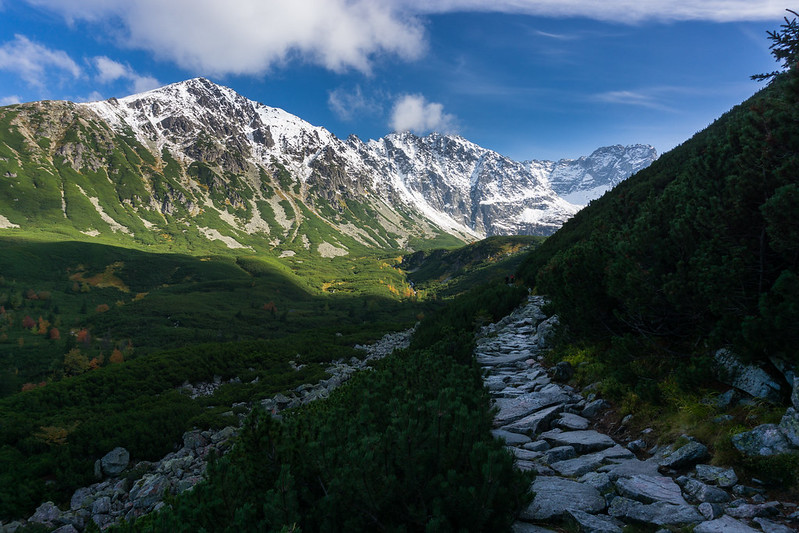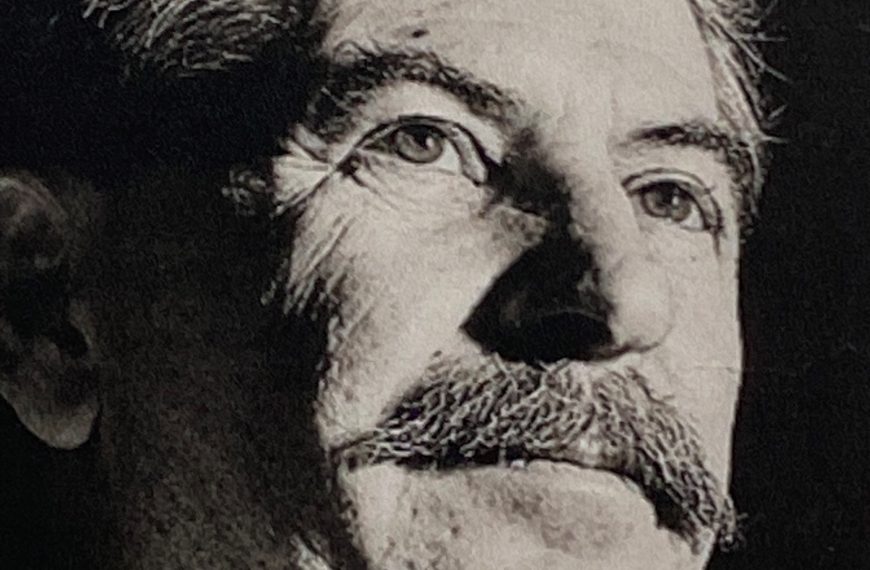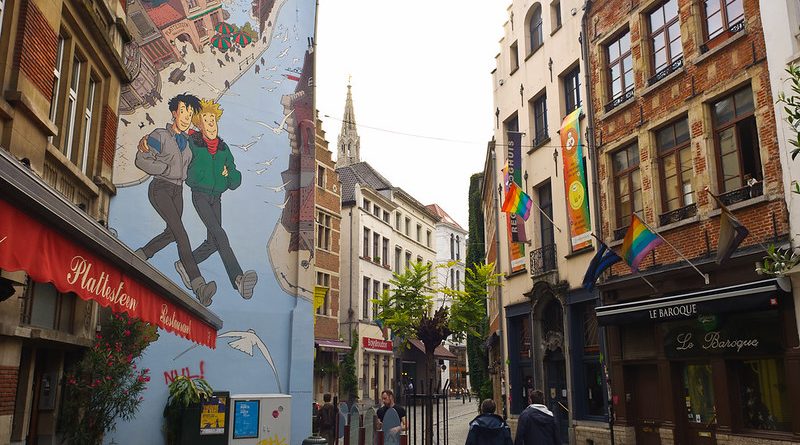
Slovenia
Slovenia is a small country in southeastern Europe south of Austria. Formerly a republic of Yugoslavia, it is also bordered by Croatia, Hungary, and Italy.
The country is almost landlocked, it has a short (46 km) coastline at the Adriatic Sea between Italy and Croatia.
Slovenia occupies is about half the size of Switzerland or slightly smaller than the U.S. state of New Jersey.
The country has a population of 2,200,000 people and the largest city and capital is Ljubljana with about 300,000 residents .Spoken languages are Slovenian and Serbo-Croatian .
The major religion is Christianity
Slovenia’s weather is influenced by the Alps on its eastern border and the Adriatic Sea, it has a Mediterranean climate on the coast, and a continental climate in the plateaus and valleys to the east.
History
Slovenia has historically been the crossroads of Slavic, Germanic, and Romance languages and cultures.Its territory has been part of many different states: the Roman Empire, the Byzantine Empire, the Carolingian Empire, the Holy Roman Empire, the Kingdom of Hungary, the Republic of Venice, the Illyrian Provinces of Napoleon’s First French Empire, the Austrian Empire, and the Austro-Hungarian Empire.The Slovene lands were part of the Austro-Hungarian Empire until the latter’s dissolution at the end of World War I.
In 1918 the Slovenes joined the Serbs and Croats in forming a new nation named Kingdom of Serbs, Croats and Slovenes, the country was renamed to Yugoslavia in 1929.
After World War II, Slovenia became a republic of the renewed Yugoslavia, which though communist, distanced itself from Moscow’s rule. Dissatisfied with the exercise of power of the majority Serbs, the Slovenes succeeded in establishing their independence in 1991. Since then, Slovenia has successfully integrated into the international community and is becoming a full member of the European Union and joins NATO.
Four major European geographic regions meet in Slovenia: the Alps, the Dinarides, the Pannonian Plain, and the Mediterranean Sea. Although on the shore of the Mediterranean , The Alps—including the Julian Alps, dominate Northern Slovenia along its long border with Austria.
More than half of Slovenia is forested;ranking it third in Europe, by percentage of area forested, after Finland and Sweden. The areas are covered mostly by beech, fir-beech and beech-oakforests .Remnants of primeval forests are still to be found. There are also orchards and vineyards.
Ljubljana
Ljubljana is located in the central part of Slovenia.
The central location of Ljubljana in this small country makes it a convenient base for exploring the rest of the country. It also contributes to its cultural richness and diversity, being at a crossroads of Slavic, Germanic, and Latin cultures.
Ljubljana is a charming and vibrant city that captures its visitors’ hearts with the youthful energy and historical significance. Ljubljana is a city that marries tradition and modernity, offering a rich historical heritage, a thriving cultural scene, and a solid commitment to sustainable living, all set against Slovenia’s beautiful landscapes.

